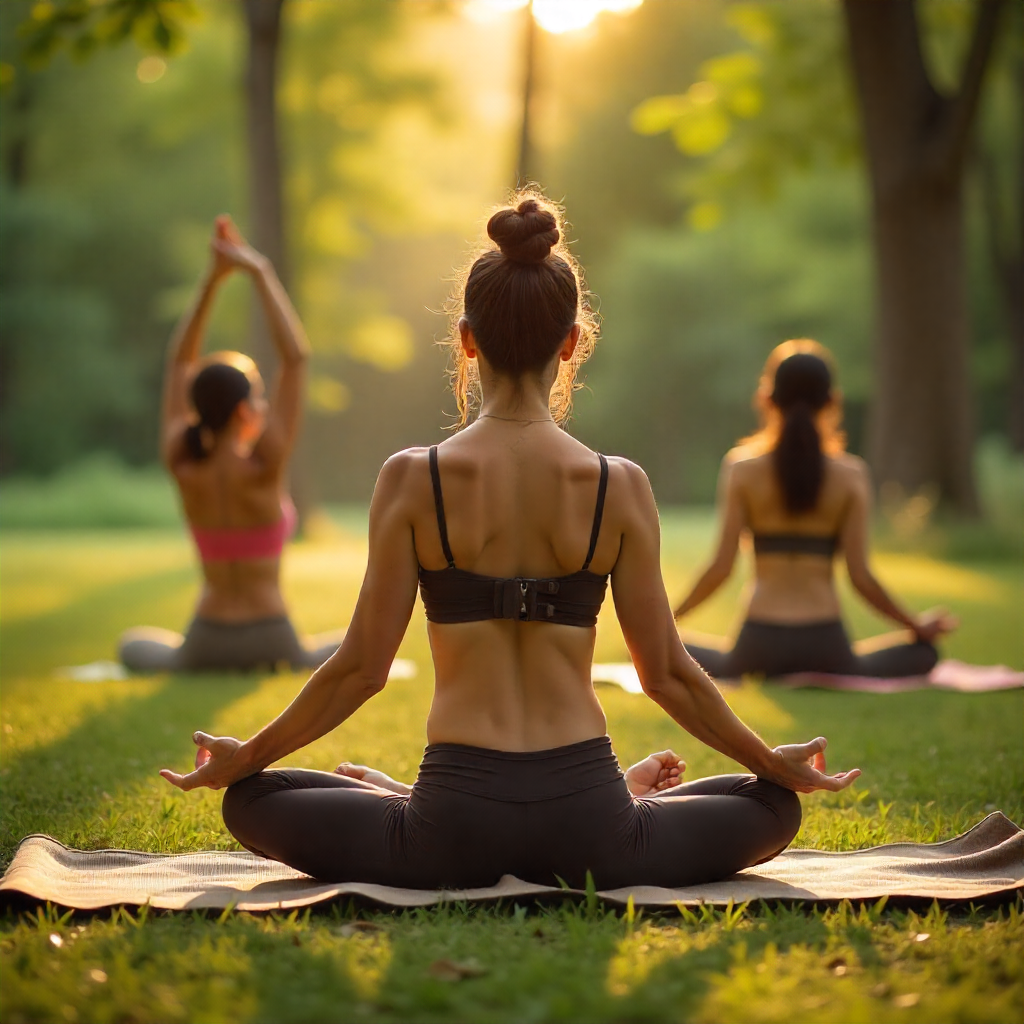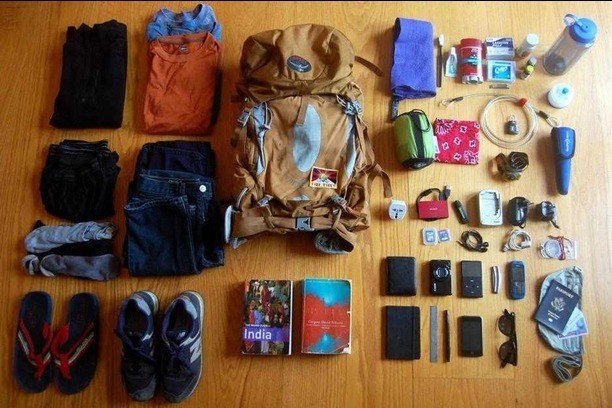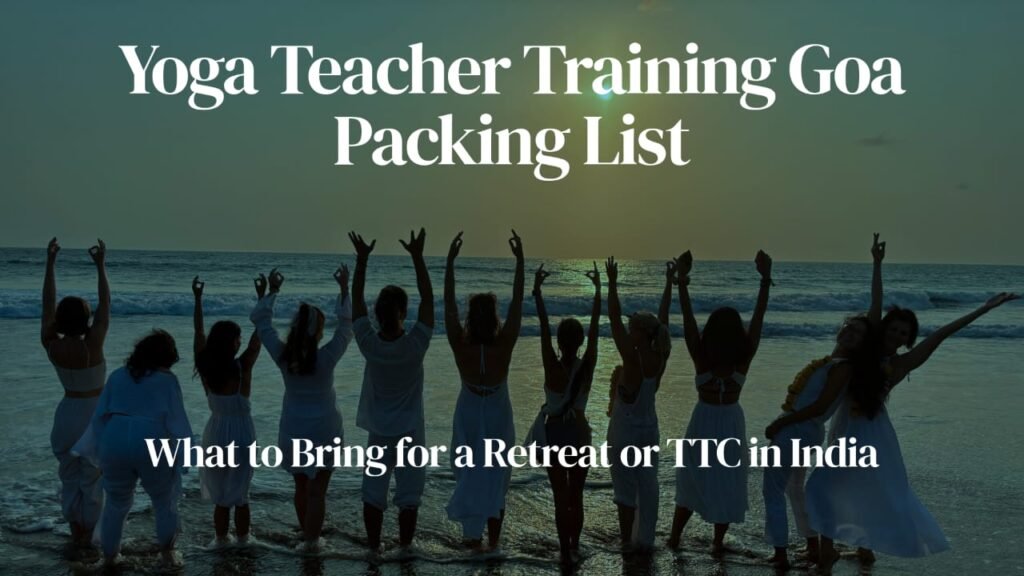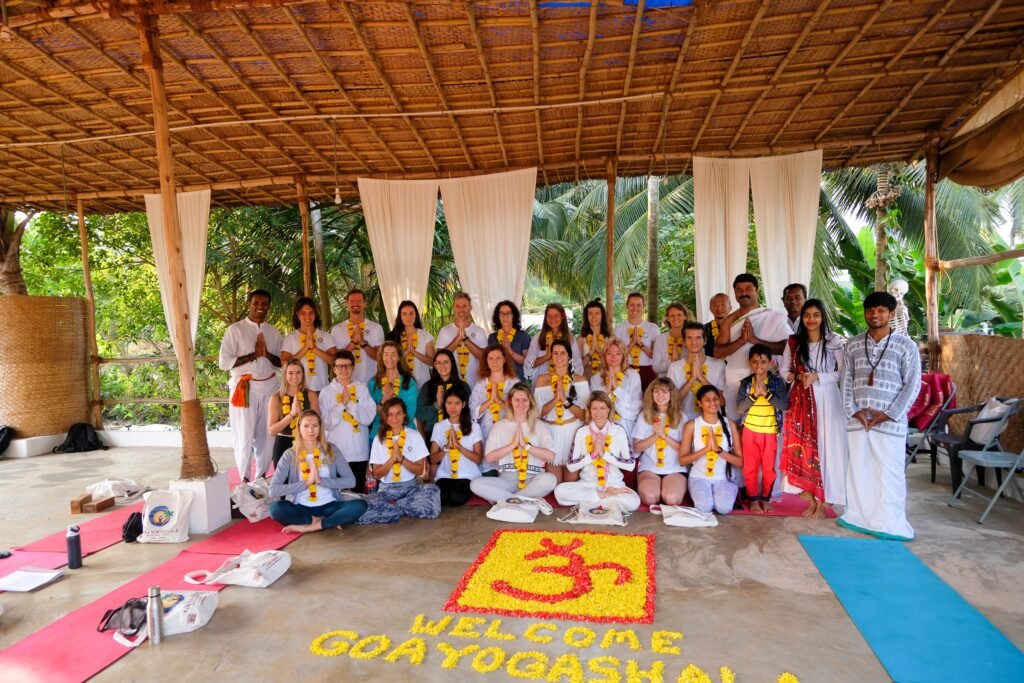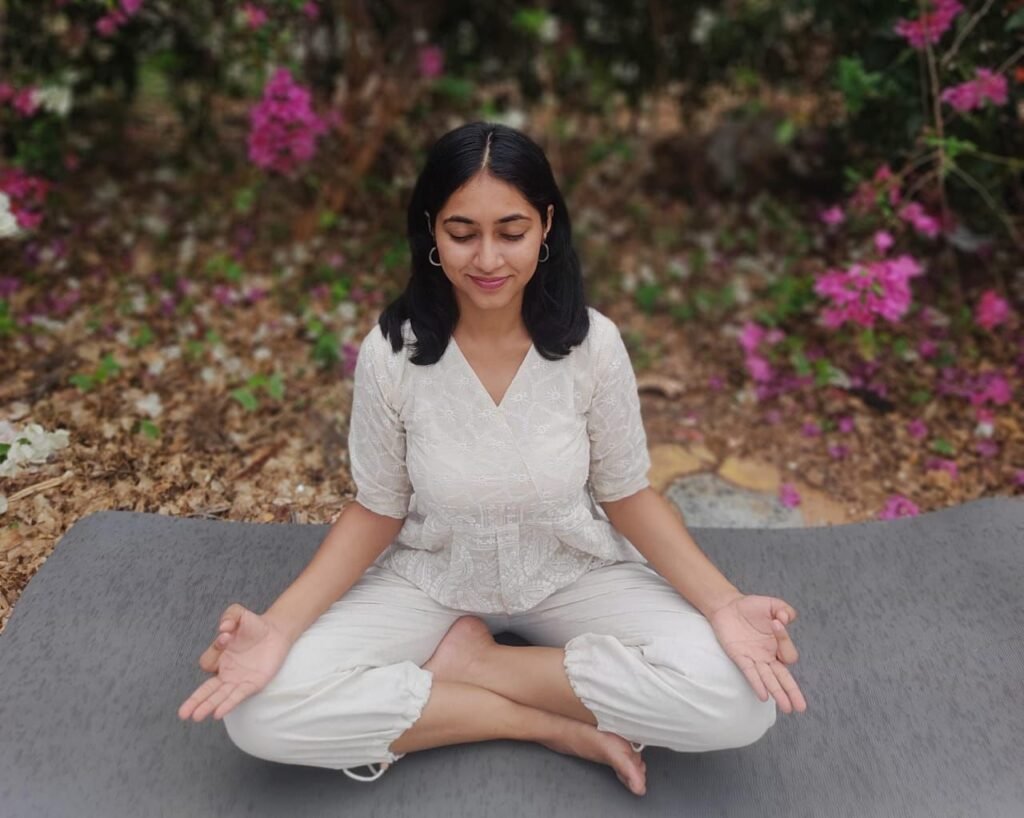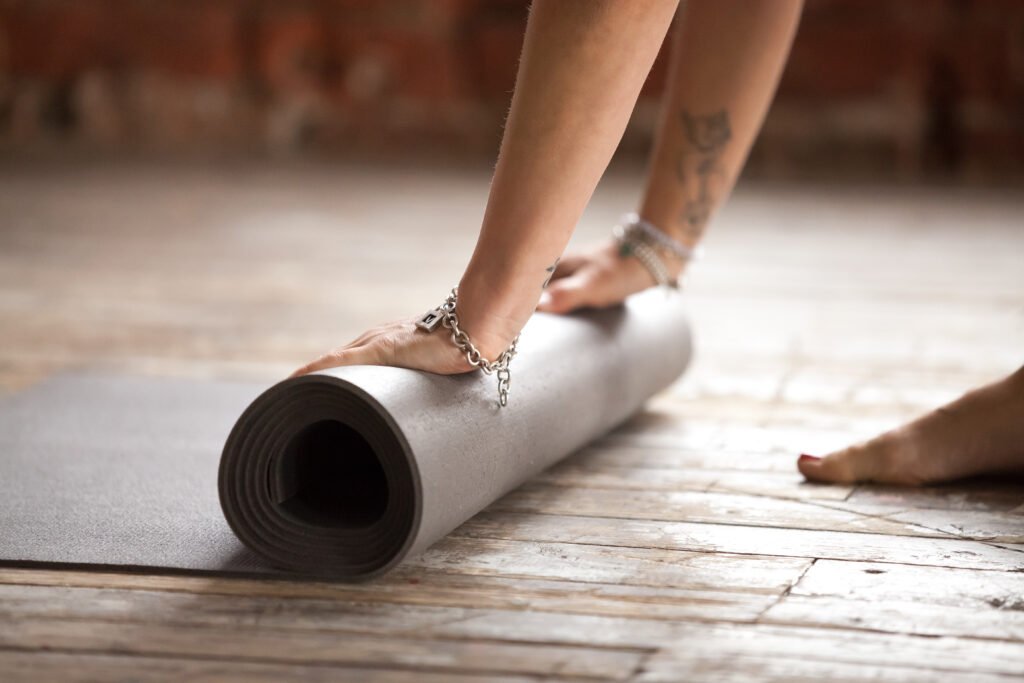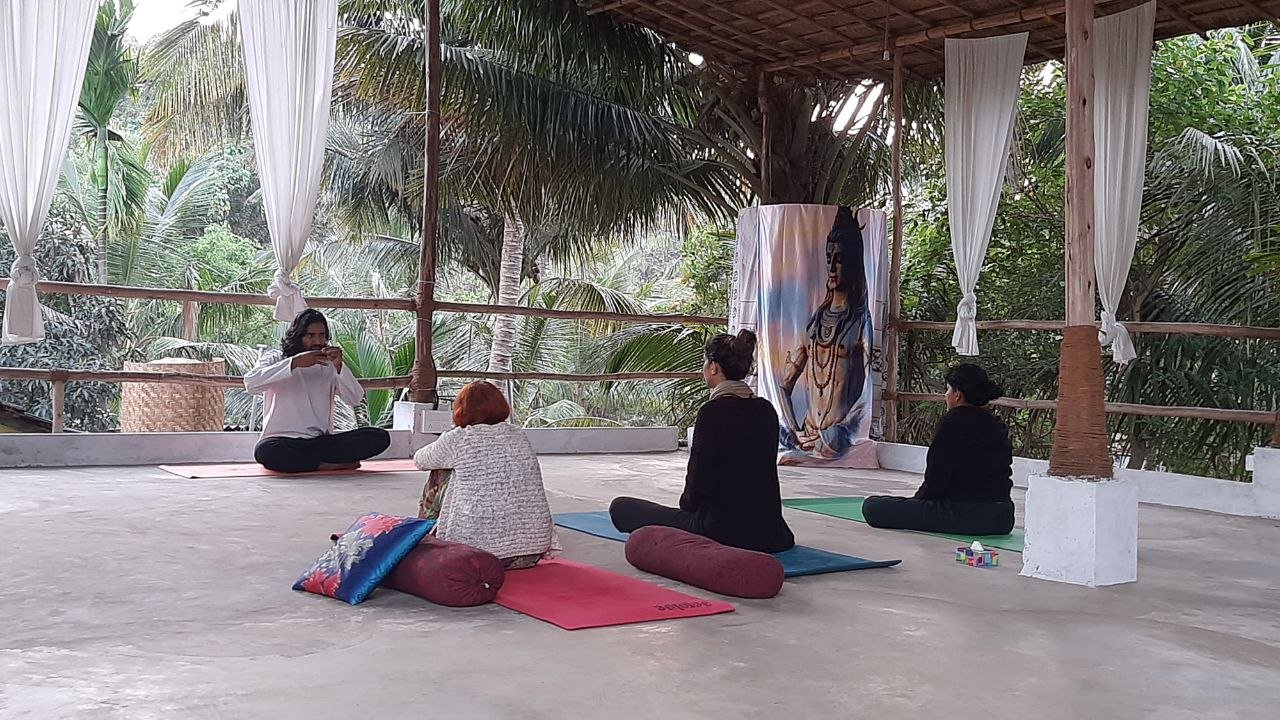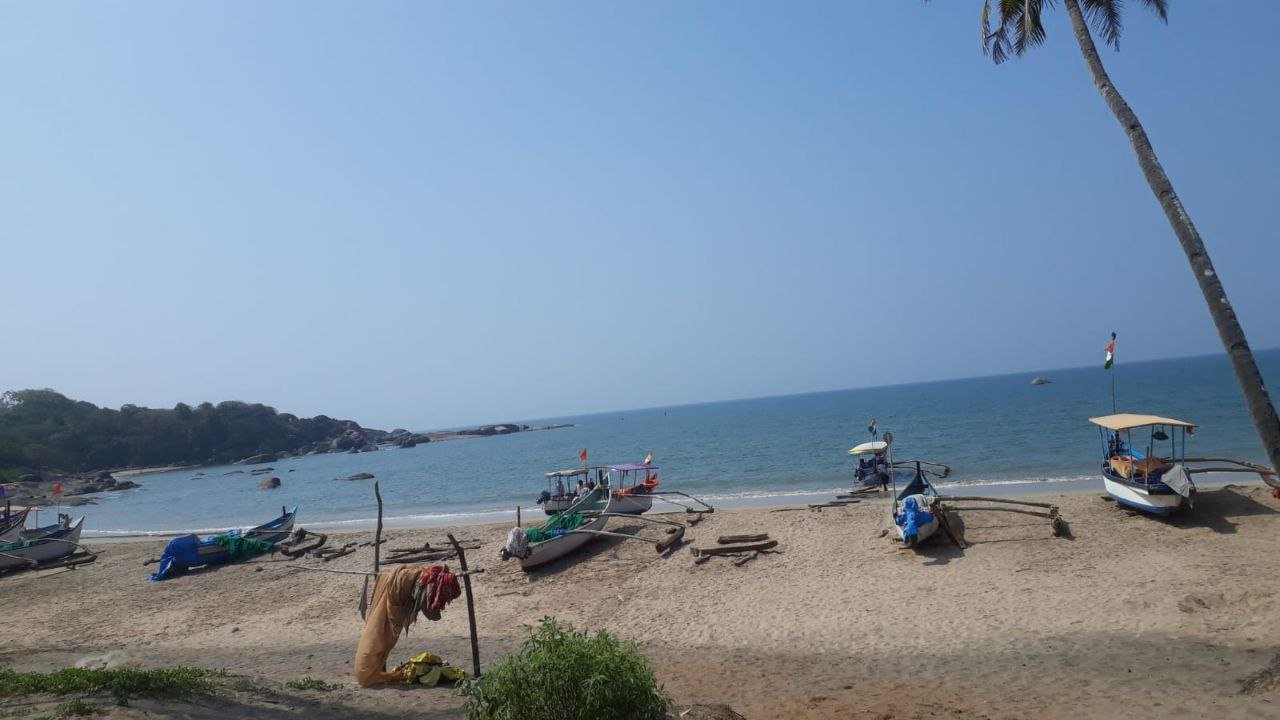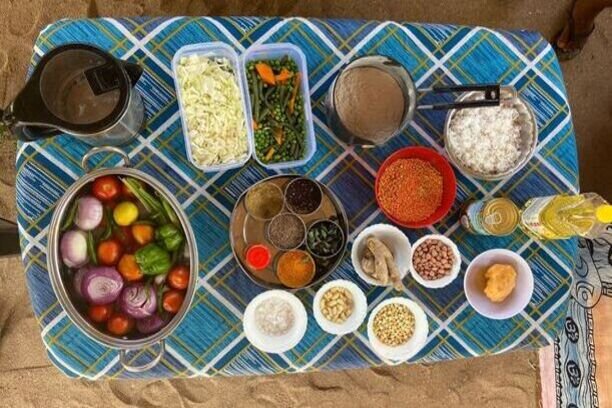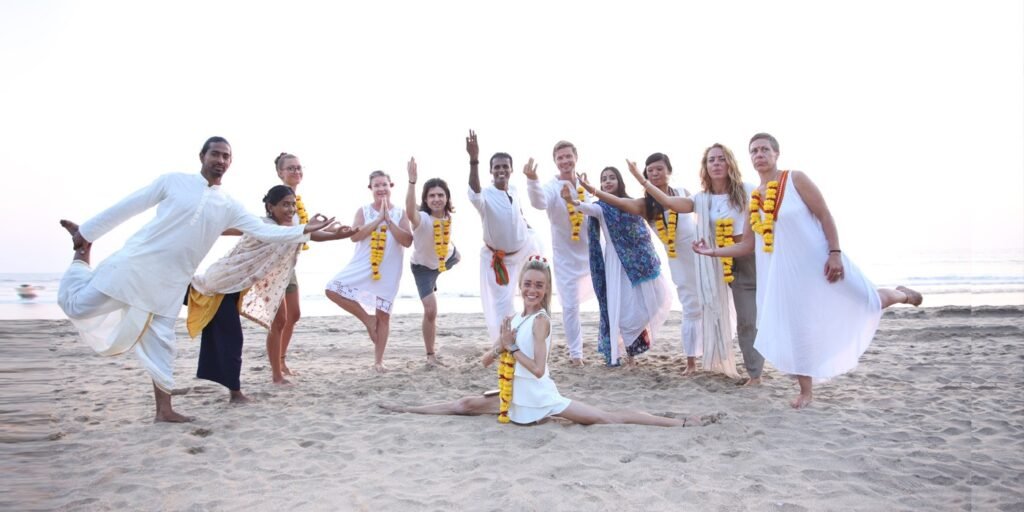Your hips are the bridge between your upper and lower body and have a vital role in all of your movements. According to human anatomy, your hips have some of the strongest muscles in your body along with some deepest stabilizers. The emotional aspect for this is that they are a vault where you can lock away things which you don’t know how to process, such as grief, heartbreak, fear, and continuous stress. You must have noticed feeling emotional or restless after a yoga class. In yogic traditions it is said that your hips hold the stuck emotional energy, so when you start releasing the physical tension it also creates space to move every stuck emotion.
When you feel that your hips are tight, your body compensates with the hurting of your lower back, bad posture, knee pain, etc. But with some yoga asanas you can gently and intentionally open your hips muscles to improve flexibility as well as alignment of your body. Other than flexibility, these hip opening asanas are also about restoring flow, unlocking emotional resilience, and fostering a sense of openness. In this blog, you will learn about 10 best hip opening yoga poses which will increase your mobility, support emotional healing, and release the stored stress.
Bound Ankle Pose

Bound ankle pose is also known as Baddha Konasana and is one of the simplest yoga asanas for opening the hip muscles. Although gentle, this pose is extremely powerful to target your inner thighs and hip joints. Consistent practice of this pose can enhance the blood circulation and improve posture, ultimately supporting your reproductive health.
How to Perform-
- Sit comfortably on your yoga mat while extending both the legs outwards.
- Now bend your knees and bring your feet ‘ soles together.
- Make sure your knees are gently dropping towards the floor.
- Now hold your ankles or feet with your hands while dropping your knees and sit with a straight spine.
- If you are feeling uneasy, place cushions under your knees.
Baddha Konasana is extremely grounding as your body is in a posture of openness. Always remember that it is okay to feel vulnerable and emotional while practicing this asana as the stuck emotions and tension from your hip joints start releasing. This will ultimately soften all the inner tension, making you feel lighter and mentally clear.
Lizard Pose

Lizard pose is also known as Utthan Pristhasana and is the best asana to target your hamstrings and hip flexors. This yoga pose is an intense stretch which is especially beneficial for people who spend long hours sitting in a single place or are runners who require better range of motion for the hips. It improves your core strength, enhances the posture, lower back pain, and overall wellness.
How to Perform-
- Make the Downward-facing Dog pose and from that step your right foot outside
- Now lower your left knee, touch it to the ground and keep your back extended
- Walk your right foot a little to the side and bring your forearms to the mat
- If needed, use blocks for better posture and keep your gaze soft while breathing deeply.
Lizard Pose or Utthan Pristhasana is the asana which requires your presence. The intensity of this pose will compel you to be okay with the discomfort. This can also bring up frustration and agitation, but by breathing deeply you can teach yourself resilience. Your long-held resistance in body and mind starts to soften once your body starts becoming familiar with the pose.
Pigeon Pose

Pigeon pose. Also called Eka Pada Rajakapostasana is an extremely deep hip opener yoga pose. It helps in stretching your piriformis, hip flexors, glutes, and groin area. The pose helps you in relieving lower back pain and improves the mobility of the muscles near the hips.
How to Perform-
- Start with the Downward Dog pose and bring your left knee behind your left wrist.
- Now shift your left ankle towards your right wrist, while keeping your chin at an angle.
- Now extend your right leg behind you and keep it straight.
- Make sure your hips are square. You can also use a blanket or block under your left hip if required.
- Now fold forward from your front leg and remain in the uptight position
Eka Pada Rajakapostasana is beneficial in triggering the emotions stuck in your muscles. This posture hits the physical tension which coincides with these emotions such as frustration, anger, and sadness. Always remember to stay gentle and calm with yourself during this practice and allow yourself to flow through whatever comes in.
Garland Pose

Source: Beyogi.com
Garland Pose, also called Malasana, is a deep squat pose which impacts your ankles, hips, lower back, and groin area. This pose is extremely beneficial in improving your flexibility, pressuring your lower abdomen area to support digestion, strengthening your legs.
How to Perform-
- With your feet slightly apart, stand straight.
- Turn your toes in the outward direction and lower into a squat.
- Make sure to keep your heels on the ground. You can also use support if needed.
- Bring both the palms together and put them in front of your heart.
- Press both the elbows on your inner knees and gently open the hips.
Malasana or Garland Pose helps you reconnect physically, mentally, and energetically to the ground. It stabilizes and stills your mind to release the mental tension stored in your lower body. Consistent practice of Malasana incorporates a sense of inner calm and patience.
Happy Baby Pose
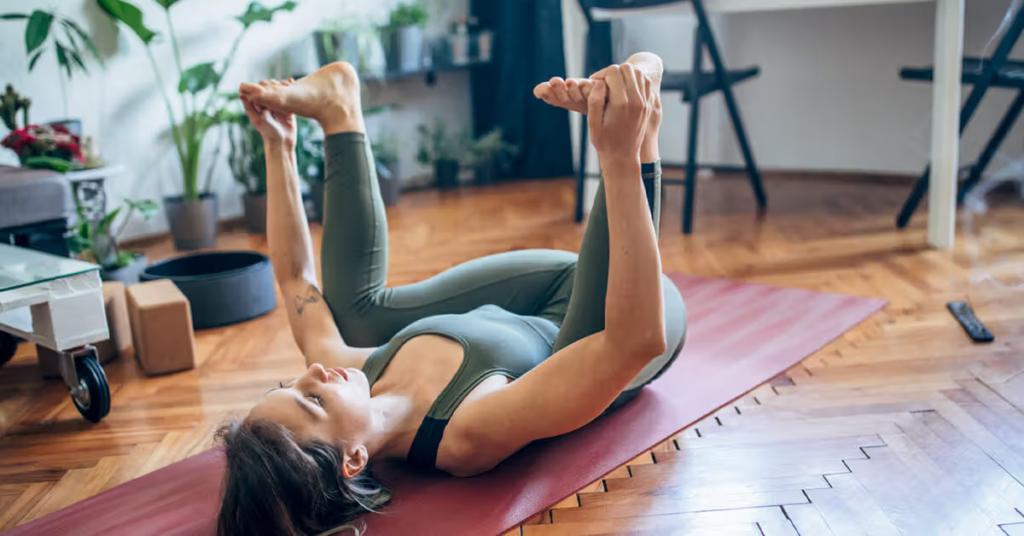
Also known as Ananda Balasana, the Happy Baby pose gently stretches your hamstrings, lower back, inner hips, and groin. This asana encourages your spinal cord to align perfectly and calm breathing.
How to Perform-
- Lie straight on your back and bend your knees.
- Bring your knees towards your armpits.
- Grab the edges of your feet with your hands gently
- Now open your knees wider than your torso and make sure to keep your feet flexed
Happy baby pose or Ananda Balasana provides a sense of lightness and comfort. It is called a happy baby pose because it resembles a baby’s natural movements which triggers the feeling of innocence. This asana also lessens anxiety and releases all the emotional tension in a gentle way.
Frog Pose
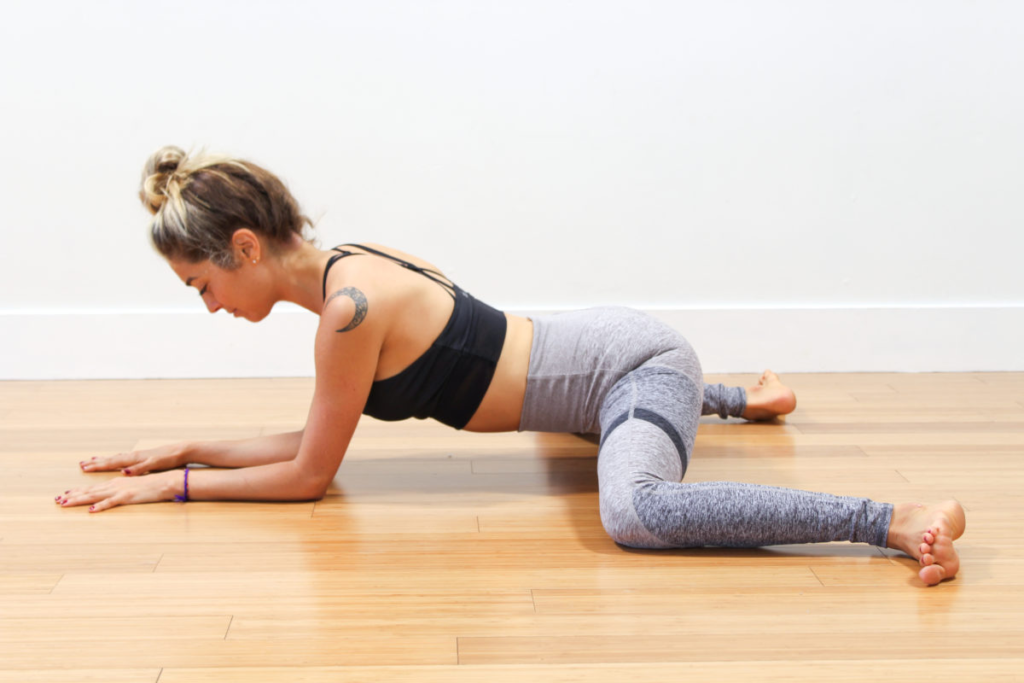
Frog pose, also known as Bhekasana Variation, is very useful in stretching your hips, groin, and inner thighs. It is considered a top yoga pose for improving the muscle tightness in your adductors and enhancing the hip mobility.
How to Perform-
- Bring your hands and legs to the ground and then widen your knees as far as you can.
- Align your ankles with the knees, lower both the forearms to the mat, while keeping your spine straight and neutral.
- Hold the position for at least a minute and gradually increase the time according to your body.
- You can also use blankets or cushions if required.
Bhekasana or Frog pose can make you feel very raw and teaches you to handle discomfort. You cannot rush the stretch, which helps in unlocking the deep layers of frustrations and constant fatigue. With continuous practice, you can improve your posture and learn how to breathe with the rhythm of the asana.
Low Lunge with Quad Stretch

Anjaneyasana or Low Lunge targets your front thigh, hip flexors, psoas, and quads. It is beneficial in improving your postures, enhances the stability of core, lower abdomen, and counteracts the hip compression.
How to Perform-
- With the lunge pose, put your right foot forward.
- Now lower your left knee and let it touch the ground.
- Bend your left knee and try to reach back with the help of your right hand in order to hold your foot.
- Make sure to keep your chest open and spine lifted all the time.
- You can also use straps and other props if your hands can’t reach at the back.
A Low Lunge can shift your emotional state very quickly as it targets your psoas. It also helps your body to release all the built up tension from frequent stress and burnout, making proper space for calmness and deep breaths.
Reclined Pigeon Pose
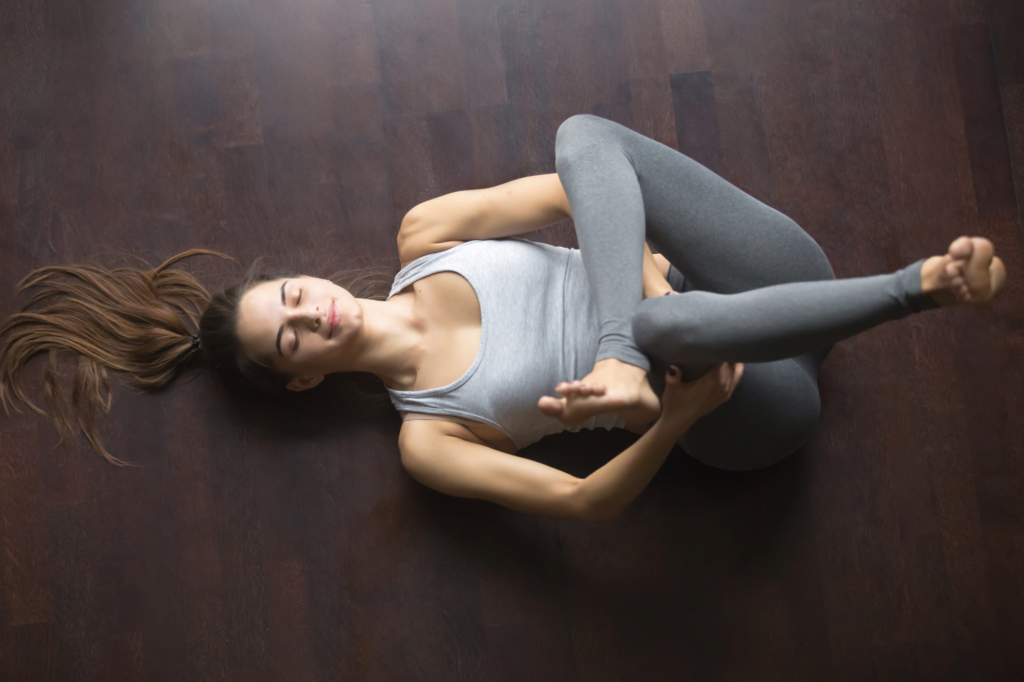
The Reclined Pigeon Pose, also known as Supta Kapotasana is a low impact version of the traditional Pigeon Pose. It helps in stretching your piriformis and hip muscles, while keeping your spine fully supported.
How to Perform-
- The first step is to lie on the mat with your knees bent and back straight. Lie on your back with your knees bent.
- Now cross your left ankle over your right thigh.
- Grab the back of your right thigh and take it towards your chest.
- Ensure to keep your shoulders relaxed, while breathing deeply and steady.
In the Reclined Pigeon pose, you can relax more deeply while being on your back. This pose will foster safety while stretching the tight outer hip muscles. You will feel a great sense of calmness, clarity, and relaxation after performing this asana.
Cow Face Pose

Gomukhasana or the Cow Face Pose focuses on strengthening your glutes, rotator muscles, and outer hip area. This yoga asana targets the spine and stretches the outer shoulder as well.
How to Perform-
- First of all, sit with your legs extended in the front
- Now cross your left leg over your right leg by stacking knees.
- Slide your feet to the side of your hip and sit straight.
- Breathe deeply and try to reach your arms behind your back for shoulder bind.
Gomukhasana introduces you to concentrated awareness on how one side of your body is feeling tighter and more resistant than the other part. This is a meditative asana which promotes emotional healing and calmness in the nervous system.
Dragon Pose (Yin Yoga Style)
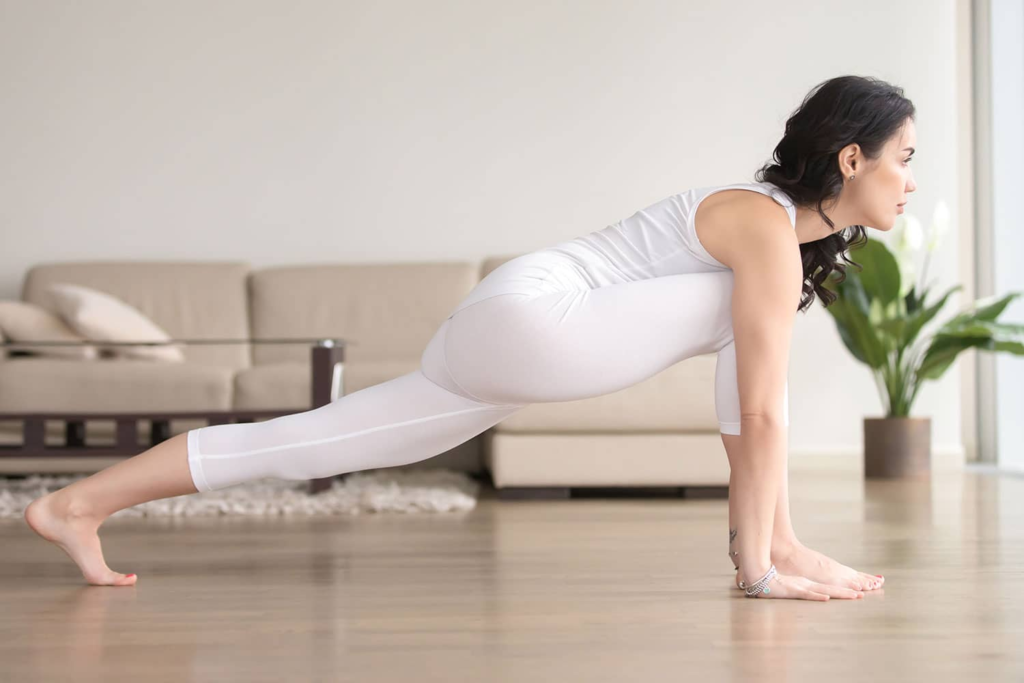
The Dragon pose or Yin Yoga style is beneficial in opening your groins, quads, and hip flexors. This asana also focuses on enhancing the strength of the connective tissues around the lower body and fascia.
How to Perform-
- Stand straight and then step your left foot forward like a lunge.
- Now lower your right knee and make your hips sink in the forward direction.
- You can keep your hands on the floor or use the props for better posture.
- Hold this position for at least 2 minutes and increase the timing according to your comfort.
Dragon Pose performing for a minute or more reveals what amount of tension you hold in your body. This asana can easily withdraw vulnerability and restlessness, which is the reason why this is one of the most powerful teachings of patience.
When your hip flexors and other lower abdomen muscles open with ease, you not only release your emotions but also provide a space in your body which you weren’t aware about. You will be able to move more freely and feel ease in your body. These 10 poses are the top most hip opening asanas that will peel back deep layers of burnouts, stress, and anxiety to remove all the unnecessary build up.
Some days you will feel like the emotions are released but on some days you might not feel anything. Practicing this with consistency and showing up for yourself is what will get you through the realms of the fast paced lifestyle. So give these asanas some time and patience and unlock the tight muscles in your lower body to feel at ease in your body and beyond.

